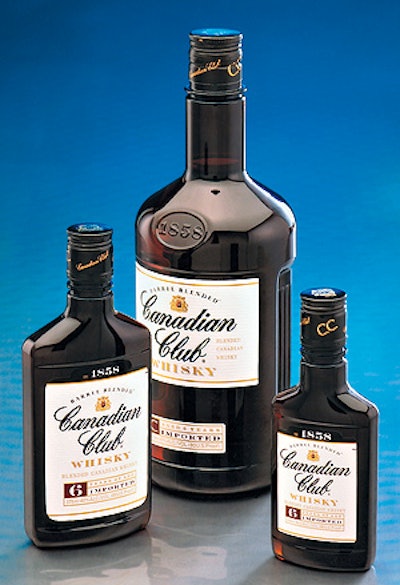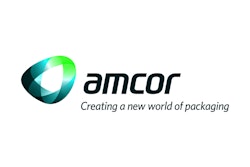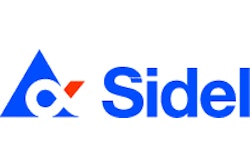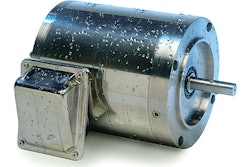Amcor PET Packaging and design firm PI-3 played pivotal roles in design, engineering, and injection stretch/blow molding.
Especially challenging was the 1.75-L bottle, says Brad Stirling, packaging supply manager at Windsor, Ontario-based Hiram Walker & Sons. “We wanted to maintain a shelf presence for all three sizes that was equal to or better than the glass bottles we were replacing,” says Stirling. In addition, the company wanted to incorporate the brand’s 1858 founding-year logo on the shoulder of the 1.75-L PET bottle. An innovative mold design prevents the parting line from bisecting and spoiling the 1858 logo. As for shelf presence, the design team addressed it by incorporating a pinch-grip handle in the back of the bottle whose size causes the front or facing of the bottle to match that of the glass bottle in diameter and height.
The 200- and 375-mL flask sizes were also challenging. Both relatively long-necked, the bottles gain much needed conveying stability from Amcor’s patented Triad™ base design. It incorporates three contact pads in a triangular pattern to ensure even weight distribution.
According to Stirling, the 1.75-L PET bottle is more than 2 lb lighter than its glass counterpart, and the 200- and 375-mL PET bottles are nearly seven times lighter than their glass versions. He declines to comment on cost comparisons between glass and plastic, choosing instead to emphasize how important it is that by replacing glass, the firm increases the likelihood that Canadian Club will become available in areas where glass is discouraged.
Amcor invested in new Husky injection molding and Sidel blow molding equipment specifically tailored to produce all three of the PET bottles, which were launched in March.





























